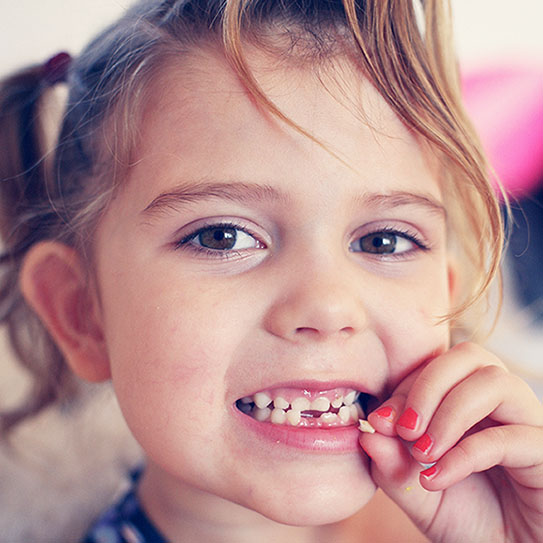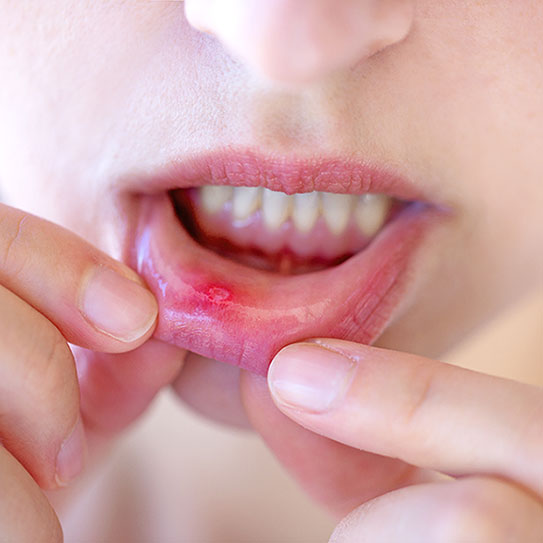
AS A PARENT, you want to do everything you can to help your child grow up healthy, and that includes taking care of their smile. Cavities are one of the most common childhood health problems, but the good news is that they are largely preventable. By developing good oral hygiene habits early and staying consistent with dental care, you can give your child the best chance at a cavity-free future. Here’s your guide to preventing cavities and promoting lifelong oral health.
Start Oral Care Early
Cavity prevention begins before your child’s first tooth even erupts. Clean your baby’s gums daily with a soft, damp cloth to remove bacteria and get them used to oral care. Once that first tooth appears, switch to a small, soft-bristled toothbrush and a smear of fluoride toothpaste. Early brushing helps protect baby teeth, which are important for eating, speaking, and guiding adult teeth into place.
Children should have their first dental visit by their first birthday or within six months of their first tooth coming in. Early visits build comfort with the dentist and allow for early detection of potential issues.
Establish a Brushing and Flossing Routine
Help your child brush their teeth twice a day using fluoride toothpaste. Use a pea-sized amount for children aged three and older. Young children will need help brushing properly until they can do it well on their own, usually around age six or seven.
Flossing should begin as soon as two teeth touch. Flossing removes plaque and food debris from between the teeth where a toothbrush can’t reach. Daily flossing can significantly reduce the risk of cavities between the teeth and gum irritation.
Watch the Sugar
Sugary snacks and drinks are a leading cause of tooth decay in children. Bacteria in the mouth feed on sugar, producing acids that wear away tooth enamel and cause cavities. Limit sugary treats and drinks, especially sticky candies and sweetened beverages like juice and soda.
Encourage healthier options such as fruits, vegetables, cheese, and whole grains. Drinking water between meals helps rinse away food particles and acids, and fluoridated water also strengthens tooth enamel.
Choose the Right Products
Make sure your child uses a fluoride toothpaste approved by the American Dental Association (ADA). Fluoride helps strengthen tooth enamel and makes it more resistant to decay. Your dentist may also recommend fluoride treatments during dental visits or dental sealants to protect hard-to-reach back teeth from decay.
Sealants are a simple, painless procedure that involves applying a thin coating to the chewing surfaces of the molars. They create a barrier against plaque and food particles and can significantly reduce the risk of cavities in children.
Keep Up with Regular Dental Visits
Routine dental checkups every six months are essential for cavity prevention. Your dentist will check for early signs of decay, apply fluoride treatments if needed, and provide personalized tips to improve your child’s oral hygiene. Dental visits are also an opportunity for your child to build a positive relationship with their dentist, which can lead to better cooperation and a more relaxed attitude toward dental care.
Set the Foundation for a Healthy Smile
Cavity prevention is all about daily habits, smart choices, and consistent care. By starting early and making oral hygiene a part of your child’s routine, you are setting them up for a lifetime of strong, healthy teeth. Never hesitate to ask for guidance or support as you help your child grow a confident, cavity-free smile.









